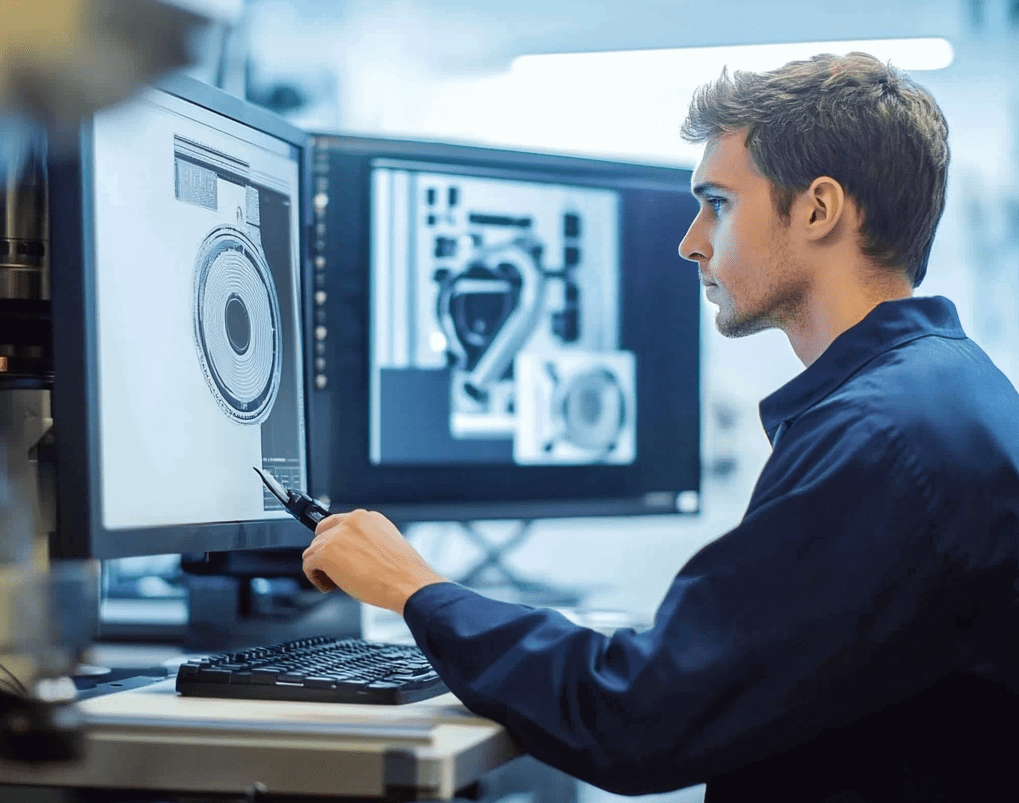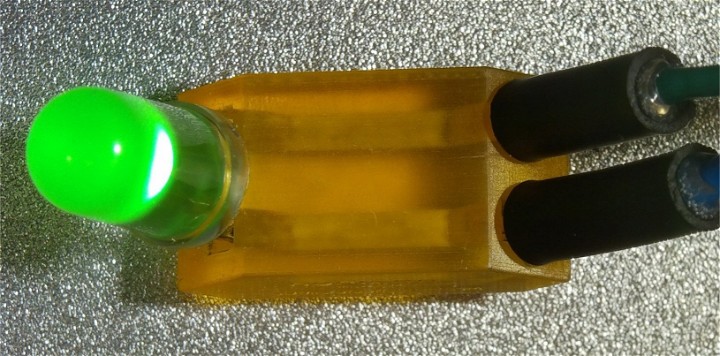How 3D Printing Drives Continuous Improvement Across Industries

Change is constant, and the manufacturing landscape is shifting faster than ever. Supply chains are unpredictable, and customer expectations are soaring. Competition is getting fiercer too. In this environment, business as usual doesn't cut it.
Enter continuous improvement.
Instead of waiting for problems to arise, manufacturers committed to continuous improvement seek better ways of working. They eliminate inefficiencies as they occur and stay one step ahead of market demands.
And right now, 3D printing is proving to be one of the most powerful enablers of this mindset.
What Is Continuous Improvement, And Why Does It Matter?
Continuous improvement in manufacturing is the ongoing effort to refine processes and cut waste. It's about progress, not perfection—small, incremental changes that compound into major gains over time.
At its core, continuous improvement is built on two key principles:
- Kaizen (small, constant change): The belief that even the smallest refinements make a difference when applied consistently
- Lean thinking: Eliminating waste—whether it's materials or unnecessary steps in production—to create more value with fewer resources
Why does this matter? Because in manufacturing, standing still means falling behind. Here's why leading companies invest in continuous improvement:
- It builds a competitive edge. Faster production and lower costs mean higher margins and greater agility.
- It delights customers. Better processes lead to higher-quality products and faster order fulfilment.
- It fuels innovation. Companies that invest in efficiency free up resources to explore new solutions.
- It supports sustainability and corporate responsibility. Cutting material waste isn't just good for business—it's good for the planet.
Continuous Improvement With 3D Printing
D printing is an accelerant for continuous improvement. It removes the barriers of traditional manufacturing so businesses can test and iterate processes faster than ever.
Here's how:
- Reduce tooling dependencies. Instead of waiting weeks for machined parts or fixtures, teams can print them in hours at a fraction of the cost.
- Improve agility in production. Complex designs and on-demand printing eliminate bottlenecks.
- Encourage rapid iteration. Need a design alternation? Not an issue. Update the digital file, print a new version, and test it immediately.
- Empower teams with in-house capabilities. Engineers and designers take control of production. They don't need to wait for external suppliers.
- Lower waste and costs. Use only what's needed—cutting costs and environmental impact.
Let's see how these benefits play out in practice.
Use Case #1: Cut Tooling Costs
Traditional tooling is expensive, slow, and restrictive. The process of sourcing and machining custom parts often costs thousands—and that's before any inevitable design changes come into play.
With 3D printing, companies:
- Print custom parts in-house at a fraction of the cost
- Reduce lead times from weeks to hours
- Modify parts without waiting for a machine shop
This isn't just about cost savings either. It's about reinvesting those savings into innovation. When manufacturers spend less on tooling, they have more resources to put into R&D and customer-driven design enhancements.
Use Case #2: Enable More Flexible, Responsive Processes
Manufacturing is unpredictable. One day, demand spikes. The next, a supplier delay throws everything into chaos. Traditional manufacturing lacks the flexibility to adapt quickly.
3D printing is the opposite:
- Need to produce a discontinued part? Print it on demand.
- A last-minute design change? Edit the CAD file and print again.
- Batch production required? Print only as many as you need—without huge setup costs.
Get Started With 3D Printing for Innovation
Ready to adopt a continuous improvement mindset? Think of one inefficiency in your process.
- Is there a tool or fixture that takes too long to source?
- A bottleneck caused by long lead times?
- An area where customisation could improve efficiency?
Test whether 3D printing can solve it. Start small, measure the impact, and scale from there.
Image via https://unsplash.com/photos/macbook-pro-beside-3d-printer-FB1vd3XT_zQ
Related Articles

The Basics Of Horizons Proprietary Coatings For Plastic Micro AM Parts






